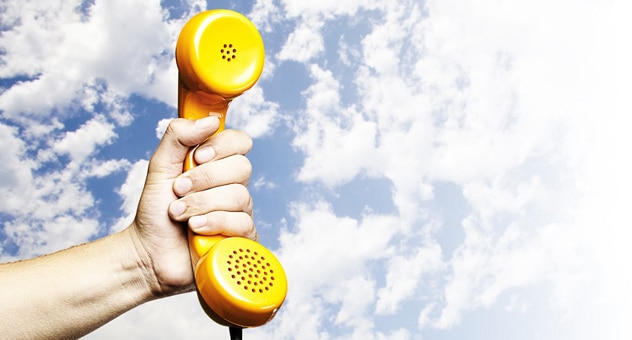

Signing off an email with ‘Love and kisses’ tends to be frowned upon in business correspondence. But that doesn’t mean there aren’t other ways you can show your reader you care. Or excellent reasons why you might.
The power to make an email’s recipient (or, indeed, anyone) a bit happier is within all our grasps, even if we don’t always use it. It’s worthwhile enough to be an end in itself. But surely there’s nothing too cynical in noting that making someone feel good is generally also good business.
Offices, businesses and – particularly – inboxes can be frustrating places these days. According to research by McKinsey, we spend 28% of our week managing email alone (and some of us a lot more than that). And we all know what it’s like to have an inbox that feels like a late stage in a game of Tetris: the faster you deal with one thing, the more seem to fall in after it. And it’s so much worse if the content is confusing, too long, poorly punctuated, and leaves you wondering what exactly the sender expects you to do.
So, if you send something that is the opposite of this, think about the effect that will have on your reader. What if, by its very structure, content and tone, your email seems to say to them, ‘I understand how busy you are and I want to make this as easy as possible for you’? Can you imagine how happy they’ll be? How grateful?
And, as wonderful as altruism is, it’s very likely that taking this extra care will benefit you too: whether that’s in a speedy and positive response or a rave write-up on social media.
At work, as in life, begin from a baseline of everyone deserving as much respect and care as anyone else. And email unto others as you’d have others email unto you.
Here are seven ways you can show your reader you care and cultivate a great working relationship with them – all with a simple email.
1. Make a good first impression
We all know first impressions matter. That fleeting glance from across a crowded room (or, yes, inside a crowded inbox) can be the difference between the start of something beautiful and something that’s ignored or forgotten. If what you see doesn’t make you pause for a moment, that relationship has stalled before it started.
The same goes for your email. The first glance your reader gets will be of the subject line, and in most cases it will be one among many. So make sure yours is one that will make them take notice. And don’t make them have to open your message to find out what you’re actually contacting them about. Make the subject line specific. So, rather than ‘Call’, you might write ‘Our conference call on Thursday’.
And if you know your reader is expecting the email, or that what you’re asking them to do won’t take long, you can make that clear in the subject line too. In this world of never-ending to-do lists, quick wins (and the opportunity to tick something off the list) are incredibly seductive.
2. Say hello
It’s the first word in a lot of great relationships. Though, in email, ‘Dear’ can also be a good place to start – especially if it’s your first contact with the person. Once you have an established relationship with them, and have a sense of what level of formality they like, you might move to ‘Hello’ or ‘Hi’.
But do always use a greeting of some kind. To omit this – or start with just their name – can seem rude, abrupt and, as one person put it to us, ‘one up from “oi”’.
3. Know what you want (and what you DON’T need) to say
Your reader does not want to wade through the waffle it takes you to think your way to your point. They don’t have time. But you know that, of course: you don’t either.
So always plan what to say (and what not to) based on what you already know about your reader. Think carefully about what they already know (or don’t know) about what you’re saying, and how invested they are in it. This means you can put in exactly what they’ll need to understand and act on your message.
This is much kinder than forcing them into a back-and-forth exchange where they have to painfully attempt to extract the more crucial details. Or making them have to hunt through old files or email chains to find them. Doing these things tends to be about as much fun as untangling last year’s Christmas lights, so don’t underestimate the effect of saving them this job: you’re making their life much easier. This should inspire them to feel distinctly fond of you.
4. Be creative
Most people like an unexpected gift. Especially something thoughtful and a bit unusual. Similarly, a somewhat left-field approach to email-writing can really pay off – especially in customer service. You may remember the case of Chris King, the customer-service manager at UK grocery chain Sainsbury’s. He replied to a letter from a little girl who suggested that tiger bread should really be called giraffe bread – which, of course, it now is (at Sainsbury’s, at least). And, having sent a sweet, unusual and perfectly judged reply, Chris King has earned a place in history, while Sainsbury’s also got some great PR coverage.
This may not be appropriate for every company or situation. But, if you can, see if you can surprise and delight your emails’ readers: history suggests you might just create some life-long fans and advocates.
5. Take them by the hand
If you don’t feel able to use these wackier tactics, don’t worry: there are subtler but still powerful things you can do to create good feelings with any email you send.
One is structuring your email so that the reader is gently and logically guided through what you have to say or ask. If your content bounces from subject to subject in no particular order, you’ll make your reader work too hard to understand the situation or what it is they’re supposed to do.
An extremely effective structure for most emails and letters is our SCRAP formula. This stands for Situation, Complication, Resolution, Action and Politeness.
Laying out your information like this will make processing your email’s content a doddle for your reader. Here’s how it works:
Situation
Start by briefly setting the scene of where you and/or they are now. At the least, it will be context that they can’t argue with. This might simply mean thanking them for an email they sent you.
Complication
This will be the main reason you’re writing: the problem that needs solving or even an opportunity that’s arisen.
Resolution
Next you say what your solution to or the outcome of the complication is. Your reader is likely to be pleased – even relieved – you’re offering a tailor-made solution. Even if you know it’s not what they’ll want to hear, delivering the information clearly and politely will still probably be appreciated.
Action
After the resolution, make it clear what action is needed to make it happen. It might be your reader who has to take the action, or it could be you or someone else. But the reader should be left in no doubt about what needs to happen next.
Politeness
Finally, end with a polite sign-off. This might involve repeating an apology or wishing them the best for a project – or for a good evening or weekend. At a minimum, a sign-off like ‘Best wishes’ can go a long way.
So, if you realise your email needs a better structure, SCRAP it.
6. Be yourself
A lot of people stiffen up in social situations and find it hard to just be themselves. And many people have a tendency to slip completely unconsciously into a bizarrely stilted, overly formal and wordy way of writing in a work context.
A higher level of formality may be suitable for certain documents, and – OK – maybe certain email correspondents. But if you do use formal language, make sure it’s not just a habit you’ve picked up by osmosis that’s gone unchecked. It can be easy to think that formality is a sign of deference or respect, but remember that at the other end of every email is a human.
Yes, some will prefer a more formal style than others, and that’s something you can judge case by case. But generally it’s best to address people with the kind of language you’d use verbally in a meeting. Would you ever walk into a boardroom, shake the other person’s hand and announce, ‘Further to our recent conversations, I am meeting you now to discuss our continued business association’? I think not.
7. Show them respect
Finally, do your reader the service of sending them something that isn’t littered with typos and other errors. And – obvious as it may sound – make sure you’ve spelled their name right!
Taking the time to proofread what you’ve written is a sign of respect to your reader – and sending a neat and error-free email won’t do your reputation any harm either.
It’s nice to be nice. And, in this ever-more fast-paced, email-filled and stressful world of ours, it’s increasingly important to be, too. The idea that we’re all connected is no longer just a Buddhist philosophy. Twitter, LinkedIn and Facebook are constantly updating and only ever a click or two away. So it’s possible to see examples of a kind of e-karma playing out in real time – whether people have been treated brilliantly or shoddily.
So you could think of it in terms of the difference between being publicly trashed or treasured on social media. Or between a customer recommending you to a friend or dropping your company. Or even just in terms of a colleague getting back to you promptly instead of putting off dealing with your email.
But, equally, you might just think about making someone’s day that little bit easier and happier, rather than harder than it needs to be. And that’s a benefit that goes beyond simple good business.
Image credit: Brian A Jackson / Shutterstock





